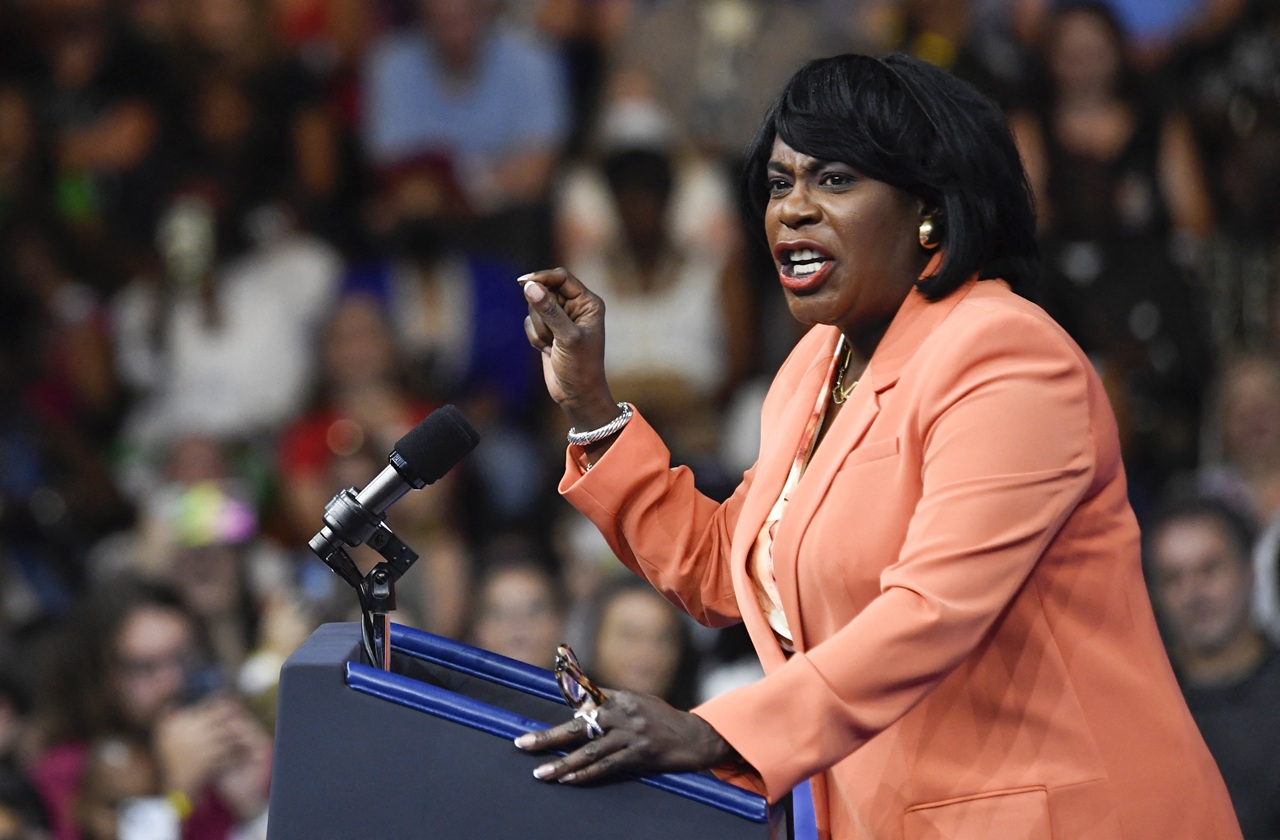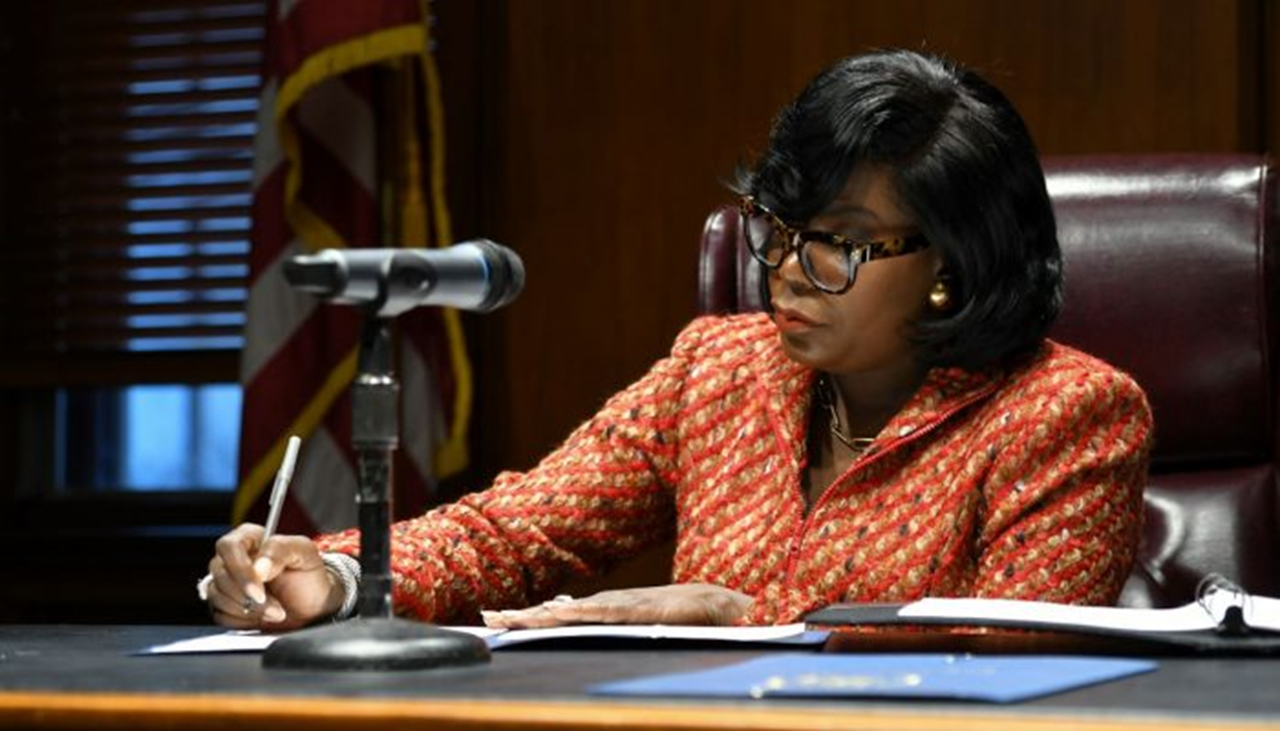
An Alaskan journey comes to Philadelphia through art
Artwork by two Philadelphia artists, who traveled to Alaska to meet with scientists and examine the impacts of climate change, is being featured in an…
Artwork by two Philadelphia artists, who traveled to Alaska to meet with scientists and examine the impacts of climate change, is being featured in an exhibition that opened earlier this month at the United States Environmental Protection Agency’s regional headquarters at 1650 Arch Street.
The exhibition is installed in the huge 54-foot long set of windows facing out toward 17th Street.
“Alaska is warming faster than any other state,” Fran Dubrowski, director of the nonprofit Honoring the Future which organized the exhibition, said in a press release, “so the impacts of climate change are more readily seen there. These two artists are expert storytellers: they deliver a powerful visual image of what is at stake in a rapidly warming Alaska and the enormity of the challenges Philadelphia faces as rising temperatures reshape our landscape too.”
The artists, Peter Handler and Karen Singer, are husband and wife from Northwest Philadelphia, together wanted to capture Alaska’s natural beauty. Handler through photography and Singer through watercolor painting.
“To know what we want to save, we need to know what we savor,” Handler said.
In one of his photographs, Singer paints an aerial view of a raging wildfire, part of over 5,000,000 acres which burned in Alaska last year after the hottest Alaskan spring in 91 years of record-keeping.
Handler’s photograph shows at ground level firefighters standing in the smoldering ashes and thick smoke that caused outdoor activities in Fairbanks to be canceled.
Both artists also focus on how, as temperatures rise, thawing of the “permafrost” or frozen soil underlying most of the state destabilizes the ground.
Another Handler photograph shows a underground research facility operated by the U.S. Army Corps of Engineers, normally open only to research scientists and engineers, it is known as the “permafrost tunnel.” Excavated in the 1960’s at an old gold mine near Fairbanks, Alaska to study mining techniques, the tunnel exposed undisturbed frozen soil, bedrock, plant and animal fossils and bacteria accumulated over 40,000 years.
“We wanted to bear witness to climate change,” Singer said, “and to bring the lessons from Alaska home to other States while there is still time to act.”
The exhibition will be on display through Spring and will then travel to other communities around the United States.










LEAVE A COMMENT: